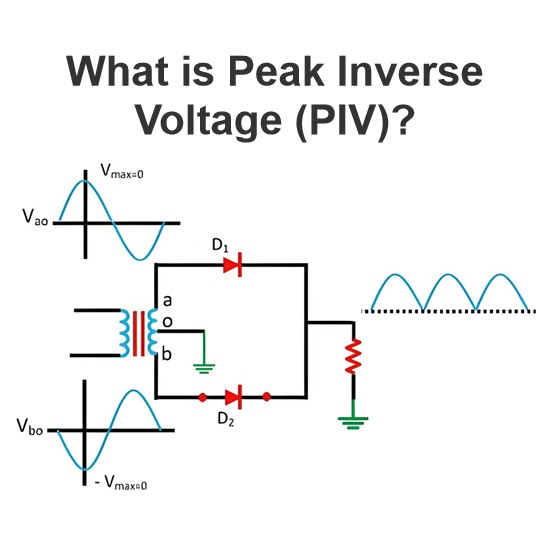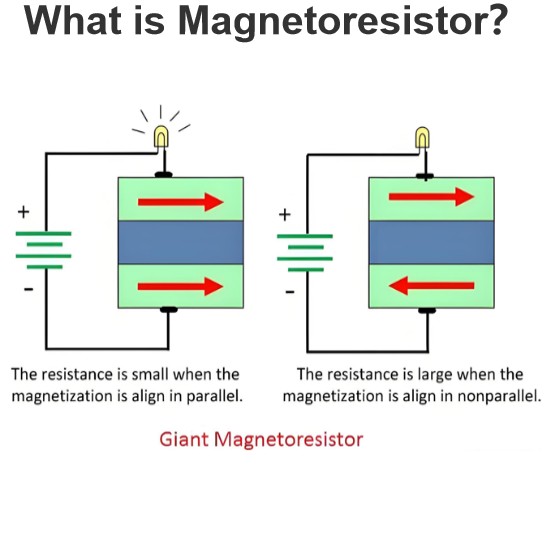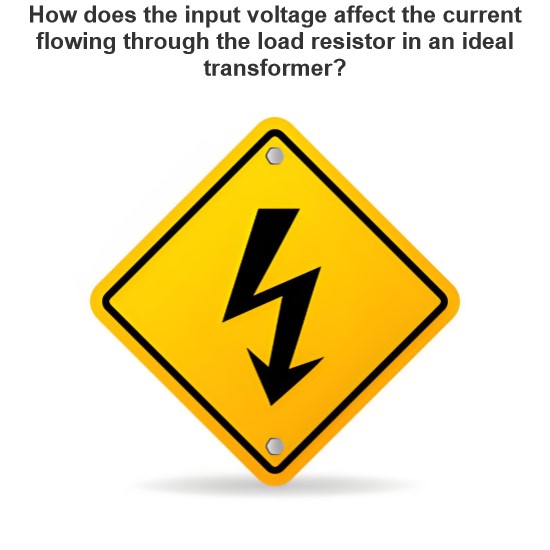Calculation of power consumption of 12-volt battery charging for one hour
Related concepts
Battery capacity and charging current: When the 12V battery is normally charged (non-fast charging), the current is 10%-20% of the battery capacity, and the best charging current is 10% of the battery capacity. For example, a common 12V60Ah battery has a charging current of 6A (60Ah×10%) 6.
Power calculation: According to the formula P=UI (P is power,U is the voltage,I is current), power when a 12-volt battery is charged at 6A current twelve ,P=12V x 6A=72W.
Second, the situation of different capacity batteries
Assume that the battery capacity is 60Ah
Calculation of power consumption for one hour of charging: P=72W=0.072Kw,W=Pt (W is electrical energy,t is time), one hour of charging power consumption.W=0.072kW×1h=0.072 degrees. However, this is the ideal state of calculation, the actual charging efficiency is not 100%, if the charging efficiency is 75%, the actual power consumption is 0.072÷75%=0.096
For other capacity 12 volt batteries
If the battery capacity is 48AH, the charging current is 4.8A (48AH x 10%), power,P=12V×4.8A=57.6W=0.0576kW, the ideal charging one hour power consumption W=0.0576kW×1h=0.0576 degrees. The actual power consumption increases when the charging efficiency is taken into account.
Factors affecting power consumption
Charging current size: The higher the charging current, the greater the power, the higher the power consumption in the same time. However, excessive charging current may affect battery life, and it is generally not recommended to exceed 30% of the battery capacity.
Charging efficiency: Different chargers have different charging efficiency, which will also affect the actual power consumption. For example, some high-quality chargers may have a charging efficiency of 80%-90%, while some low-quality chargers may have a charging efficiency of only 60%-70%.
The Electricity Encyclopedia is dedicated to accelerating the dissemination and application of electricity knowledge and adding impetus to the development and innovation of the electricity industry.













